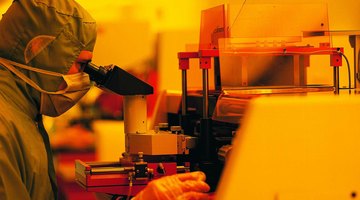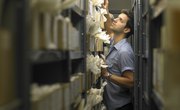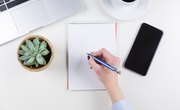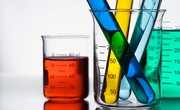Every scientific experiment aims to answer a question, such as "Will a new catalyst lead to a shorter reaction time?" "Do red lures attract more fish than blue lures?" or "At what temperature will a superconductor lose its properties?" To successfully answer its question, the experiment must be designed and carried out with a few key principles in mind.
Control and Experimental Variables
Identify all variables that may affect the outcome of your experiment. For example, if you are testing the effect of amount of sunlight on plant growth, identify all the other variables that affect plant growth, like water, soil, climate and plant food. The variable you are testing -- sunlight, in our case -- is the experimental variable. The other variables are the control variables; they should be controlled, or held constant. The experimental variable must be the only variable that changes. That way, any difference in the results can be attributed to the variable you are testing. If you change the water and the sunlight, you won't know which one causes changes in growth. If you only change sunlight, you can say that differences in growth are due to differences on sunlight.
Accurate Measurement
It can be easy to assume measurements are accurate when they are not. If several measurements agree with each other, then the measurements are precise but not necessarily accurate. Precision means the measurements are close to each other; accuracy means the measurements are close to the correct value. Make sure you thoroughly understand the tool you are using to make measurements. Using a ruler may be straightforward, but using a more complicated tool like an electron microscope requires advanced knowledge and training to collect accurate data.
Bias Removed
Human beings all have biases. It is important to remove as much of your bias from your scientific research as possible. In experiments that have human subjects, this is often accomplished by conducting a double-blind study, in which even the researchers -- and the subjects -- don't know whether the experimental or control variable is being applied to the subject. For example, in a double-blind drug trial, the researchers and the patients don't know whether they're receiving the drug or a placebo. They just know they're receiving pill A or B, for example, and the identities of A and B are concealed except from certain administrators or others involved in the experiment who need to know.
Repeatability and Reproducibility
A valid experiment is repeatable; when you repeat your experiment, it should yield the same results. It is also reproducible. Someone else should be able to perform your experiment and get the same results. If other scientists get different results, then you have overlooked one or more important parts of your experimental design, like a variable you didn't take into account that influences the outcome. Fix the problem in the experiment and run it again.
Related Articles
References
Writer Bio
Allison Boley writes both fiction and nonfiction, having placed as a semifinalist in the international Scriptapalooza Semi-Annual Television Writing Competition. Boley graduated summa cum laude from the Barrett Honors College at Arizona State University, where she is concurrently pursuing her doctorate in physics.











